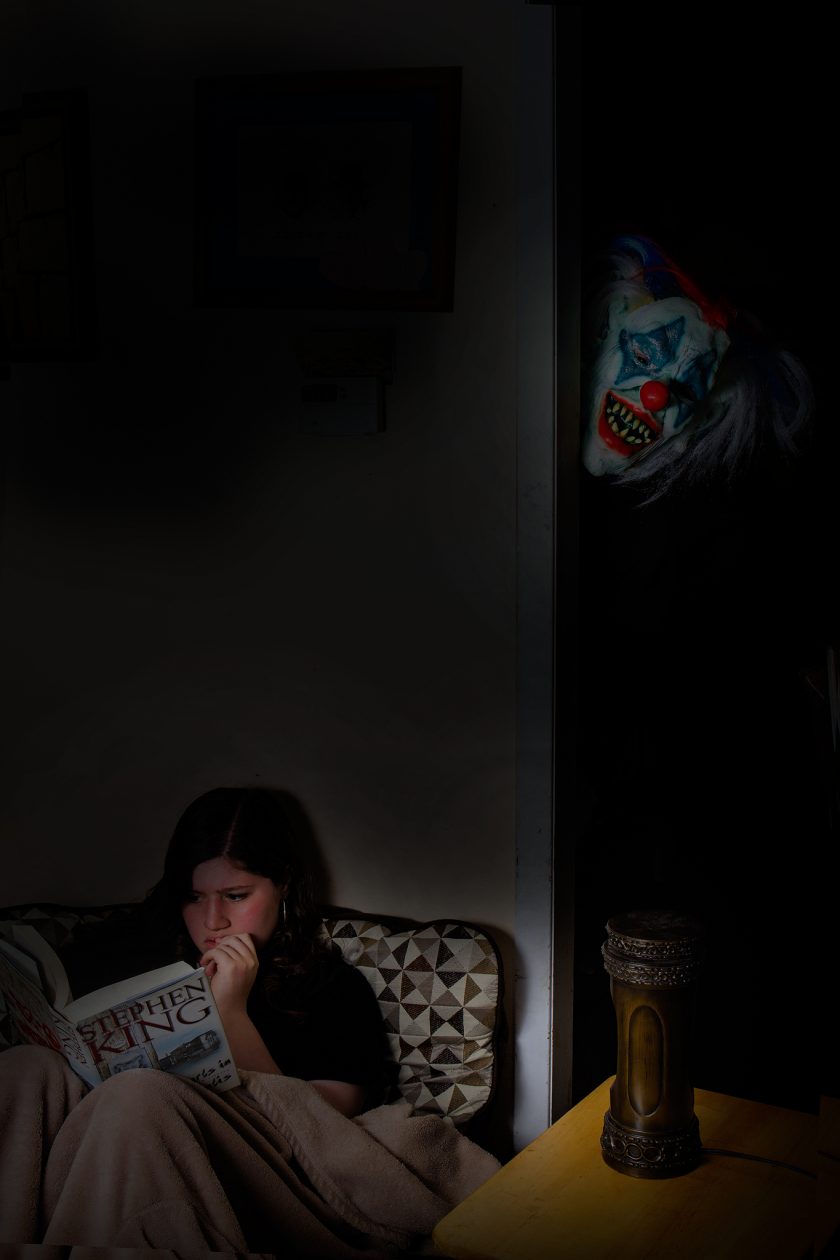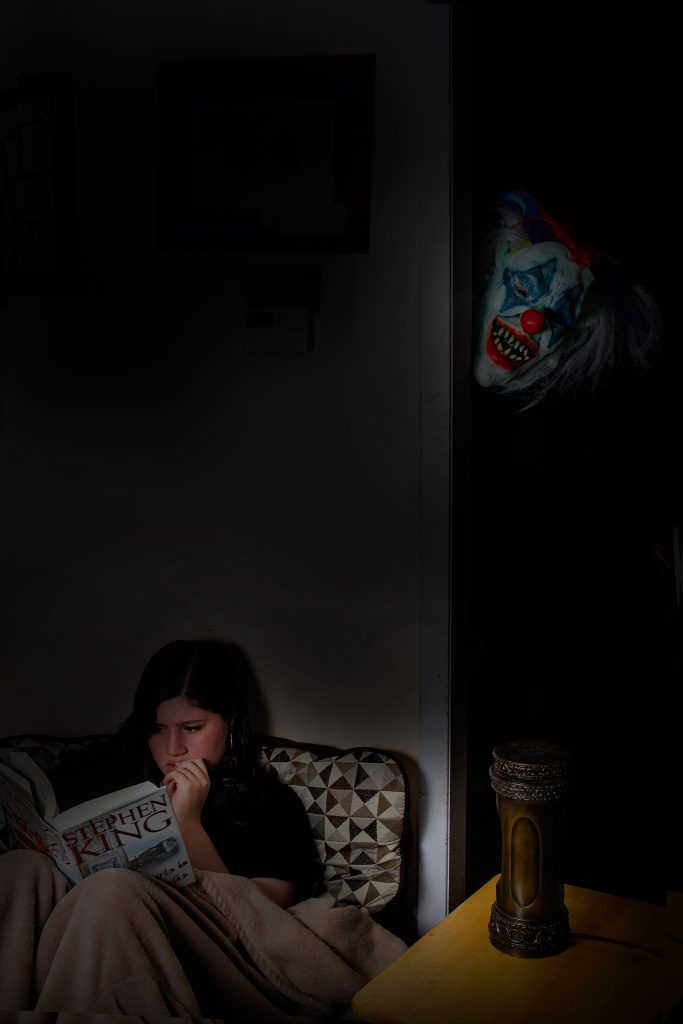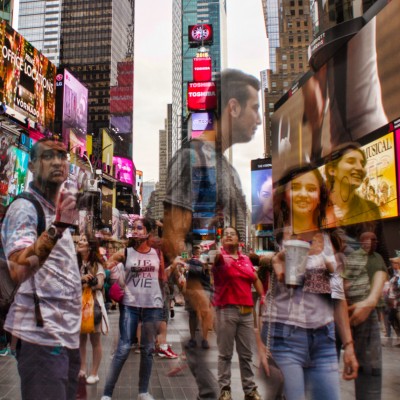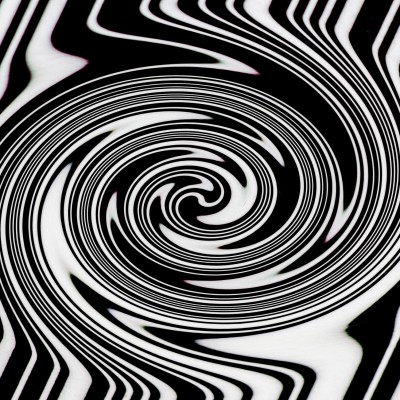We all have habits and routines that we get into and very often, those habits and routines are shaped by our fears, our uncertainties and our lack of self-confidence. I know that that is the case for me.
If you look through my portfolio, you will certainly notice a pattern. I shoot a lot of landscapes and cityscapes. Waterfalls are common themes in my photos, as are flowers. Macro photography and water drops too. But the one thing that is often missing from my photos are the people. Very, very few of my shots have people in them. Part of that is certainly attributable to the fact that I happen to enjoy landscapes, waterfalls and flowers. But, if I’m truly honest with myself, part of it is because I’m not confident in my ability to make people look their best in photographs.
The great thing about my usual choice of subjects is that they don’t complain. If I need to take fifteen minutes to set up a shot properly, the trees won’t be standing there, impatiently looking at their watches wondering when I’m going to finally be ready. The flowers are never going to say to me “Oh, don’t use that shot, I don’t like how I look.” I can count on the fact I’m not inconveniencing the waterfall when I want to capture it ten different ways. So, taking the path of least resistance, I gravitate towards these as subjects. No potential conflicts (especially in a person who is as conflict-averse as I am) is a win.
If all I ever desired to do were these types of shots, then perhaps things would be fine, but the truth of the matter is that I want more — and that more often will involve the human element.
Lately, I’ve been giving some thought to visual storytelling. The idea that I can convey a story through a single frame is intriguing to me. I like to write short stories and, with writing, I can write whatever I want and am not constrained by anything. Need more character development? OK, just add a few paragraphs here and there. Need a deeper plot? Just through in a few more paragraphs. Need to cut a subplot? Just highlight and hit the delete key. In other words, I don’t have any constraints (other than self-imposed ones) on the dimensions of the story. The length, the number of characters, the number of sub-plots and the intricacy of those subplots? It’s all malleable.
Telling a story with a single photograph is much different. I have the one frame, and that’s it. My characters cannot speak (or if they do, you certainly can’t hear what they’re saying) or even move. The only action that they can perform is whatever I capture in that brief fraction of s second that the shutter to my camera is open. Other than what you can visually see in the frame, I can’t provide any character history or development. I can’t tell you why they’re doing what they’re doing. All I can hope for is to construct something whereby the viewer can infer for him/herself who the characters are and why they’re taking these actions. It’s a much greater challenge, in my opinion.
However, if I want to grow in this direction; if I want to become more skilled at this style of photography, I’m going to have to step out of my comfort zone. I’m going to have to face my fears and my lack of self confidence. I’m going to have to step out of my comfort zone, take a path of greater resistance and overcome. If I don’t do this, then I just fall back into the rut of taking nature/flower/city photos and never broadening my horizons.
In that vein, here’s a shot I took last week whereby I try to tell a story using only one frame. I created it for 52Frames for the theme “Books.”
Was I successful? Well, that’s up to you. Did you get the story I was trying to convey? Or did I miss the mark? Those are things that I can’t judge. Only you can tell me.
So, what do you think? Please feel free to let me know.
Zev



